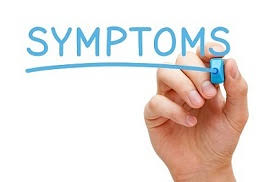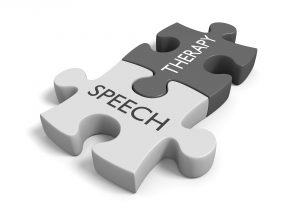Aim: To understand what dysphagia is. To support understanding of the causes of difficulties with eating, drinking and swallowing after Acquired Brain Injury (ABI) To increase awareness of the physical indicators of dysphagia, risk factors associated with dysphagia, management issues, social impact and how to help the person with dysphagia. Dysphagia (from the Greek: ‘dys’ meaning disordered, ‘phage’ meaning eat) is an impairment of the ability to eat, drink and swallow safely. Following Acquired Brain Injury (ABI), Dysphagia can be caused by:
Dysphagia (from the Greek: ‘dys’ meaning disordered, ‘phage’ meaning eat) is an impairment of the ability to eat, drink and swallow safely. Following Acquired Brain Injury (ABI), Dysphagia can be caused by:
- Damage to the areas of the brain responsible for controlling the process of taking food and liquid including both sensation and the control of muscles of the face, mouth and throat.
- Damage to the nerves of the face, mouth and throat affecting sensation and/or movement.
- Direct damage to the nerves of the face, mouth and/or movement.
- Physical trauma to the face, mouth and/or throat.
There may be observable changes to the functioning of the muscles of the face, mouth and throat after the ABI. These can include:
- Movements may be slower, weaker, poorly co-ordinated and there may be a significantly reduced range of movement. Paralysis of some muscles may be evident (e.g. loss of mobility on one side of the face).
- It may be difficult for the person to initiate the muscle movements needed to adequately control food/liquid in the mouth and to swallow safely.
- There may be a delay in the time it takes for the person to initiate required movements.
- The person may have difficulty co-ordinating swallowing and breathing.
It is essential that dysphagia is identified early  and appropriate assessment and management strategies are implemented. If the person has symptoms that may indicate dysphagia, a referral to Speech and Language Therapy should be made. There are significant risks to the person who has dysphagia including:
and appropriate assessment and management strategies are implemented. If the person has symptoms that may indicate dysphagia, a referral to Speech and Language Therapy should be made. There are significant risks to the person who has dysphagia including:
- It may be difficult for the person to take sufficient food/liquid for their needs and there is risk of malnutrition.
- Risk of aspiration (food/liquid going ‘the wrong way’ down the tubes leading to the lungs) which is distressing and can lead to chest infections and pneumonia.
- Risk of choking (food causing an obstruction affecting the ability to breathe) with subsequent risk to life.
Medication and Dysphagia
Certain types of medication can occasionally cause symptoms of dysphagia in some  people with ABI, or make a pre-existing dysphagia worse, though most people can take these medications perfectly safely (e.g. anti-psychotic, benzodiazepine, anti-epileptic medication). It is important to note if symptoms of dysphagia arise following medication changes in people who did not previously have dysphagia or if a pre-existing dysphagia gets worse. The potential impact of medication upon dysphagia should also be considered in those individuals with dysphagia who were prescribed sedating medication in the early stages following their ABI and remain on such medication. This medication may have been prescribed because of high levels of agitation and/or challenging behaviour. Medication may have been prescribed to support the person during the period of Post Traumatic Amnesia.
people with ABI, or make a pre-existing dysphagia worse, though most people can take these medications perfectly safely (e.g. anti-psychotic, benzodiazepine, anti-epileptic medication). It is important to note if symptoms of dysphagia arise following medication changes in people who did not previously have dysphagia or if a pre-existing dysphagia gets worse. The potential impact of medication upon dysphagia should also be considered in those individuals with dysphagia who were prescribed sedating medication in the early stages following their ABI and remain on such medication. This medication may have been prescribed because of high levels of agitation and/or challenging behaviour. Medication may have been prescribed to support the person during the period of Post Traumatic Amnesia.
How to Identify Dysphagia
Risk to Health and Wellbeing
Assessment of Dysphagia
Management of Dysphagia
Social Factors and the Experience of Dysphagia
How to Help the Person with Dysphagia
Choking
 Speech and Language Therapists working with people who have dysphagia should refer to local policies and procedures, National guidelines and professional standards of practice from the Royal College of Speech and Language Therapists https://www.rcslt.org/
Speech and Language Therapists working with people who have dysphagia should refer to local policies and procedures, National guidelines and professional standards of practice from the Royal College of Speech and Language Therapists https://www.rcslt.org/